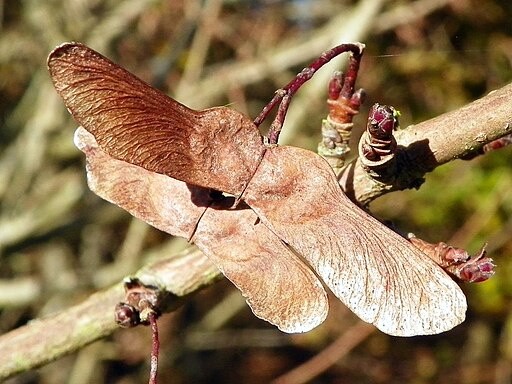Continuous and distributed monitoring of environmental parameters could open new avenues for developing sustainable strategies to tackle climate challenges. One of the potential platforms for achieving this is the wireless sensor network, which connects multiple dispersed sensors to monitor and record distributed environmental parameters.

Currently available sensors have found their place at the core of technological developments because of their flexibility temporal, and spatial acquisitions in multiple areas. However, these sensors are time-expensive for spatial distribution and resource-intensive since they need wires, frequent servicing, and power supply. New technologies that use nature-inspired motion can simplify deployment, especially when combined with biodegradable passive sensing.
Soft Robot for Physical Sensing
In collaboration with the Leibniz Institute for New Materials, experts at the Italian Institute of Technology have developed a new kind of artificial seed to monitor environmental parameters without posing any harm. They proposed a new generation of luminescent artificial flying seeds that are wireless, optical, and eco-friendly.
Dubbed Acer i-Seed, the soft robot was inspired by natural Acer seeds and can monitor soil temperature through luminescence. It is made of a biocompatible and compostable material, realized with 3D printing technologies. They are spread out in large areas using a drone, which also studies the terrain at a distance.
IIT researchers specialize in bio-inspired soft robotics, where they mimicked the growth and movement strategies of the roots, climbing plants, and Geraniaceae seeds. Then, they focused on studying the flight and dispersal features of the structures of the winged Acer seeds. As IIT Robotics Associate Director Barbara Mazzolai described, this study demonstrates that imitating the forms of living organisms and replicating them in robotics serve as key elements in obtaining innovation with low environmental impact.
The research team analyzed the natural seeds' histology, morphology, and aerodynamics to design and realize the artificial biomimetic seed. Afterward, they created a biocompatible and compostable material based on polylactic acid (PLA) with embedded non-toxic fluorescent lanthanide particles sensitive to temperature. Finally, they used 3D printing technologies to fabricate the artificial luminescent seeds.
The seed-like fliers are deployed by drones equipped with fluorescence Light Detection and Ranging (fLiDAR), allowing remote and distributed detection of soil temperature and other parameters.
Although this research focuses primarily on thermal sensing, experts consider incorporating fluorescent particles sensitive to other significant parameters such as air pollutants, carbon dioxide levels, and humidity. In the future, the team plans to collaborate with companies to use these new soft robots in larger areas like agricultural terrains for a simultaneous, wireless environmental analysis.
READ ALSO : Novel Brainless Soft Robot Works With Physical Intelligence To Navigate Dynamic, Complex Mazes
Peculiar Aerodynamics
The fluorescent artificial seed mimics the aerodynamic behavior of the Acer campestre seed, an Acer species native to European countries. When these seeds mature, they detach from the plant and are carried away and dispersed over significant distances by wind.
These seeds use a mono-winged peculiar aerodynamic design, allowing them to rotate as a helicopter blade while falling to the ground. The autorotation mechanism lowers the descent speed and enables the seeds to stay more in the air, increasing the chances of dispersion by wind gusts. This seed species was also the one that is believed to inspire Leonardo da Vinci in drafting his "vite aerea."
RELATED ARTICLE : 3D-printed Four-legged Soft Robot Can Walk On Rough Terrain Such As Sand Or Pebbles
Check out more news and information on Soft Robot in Science Times.












